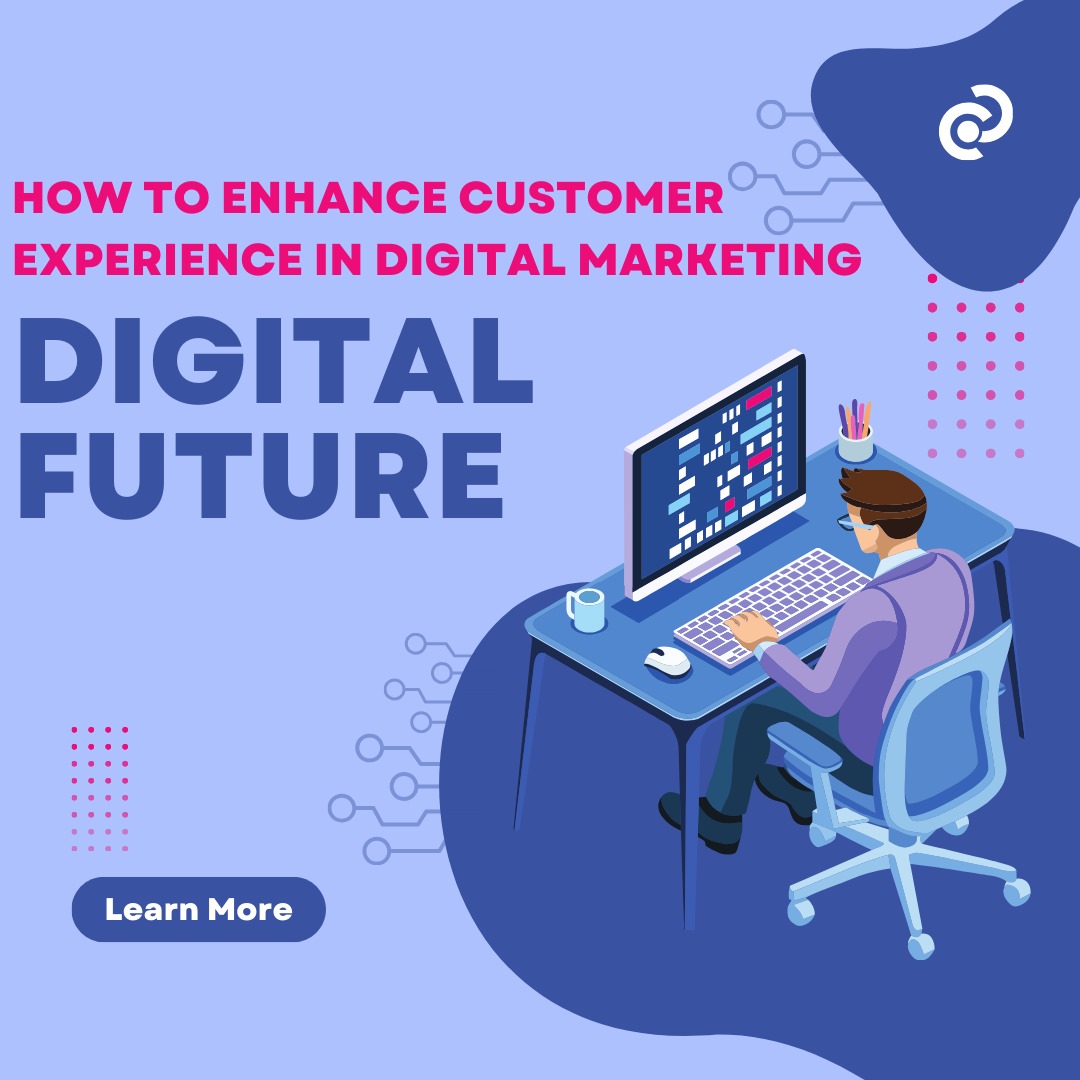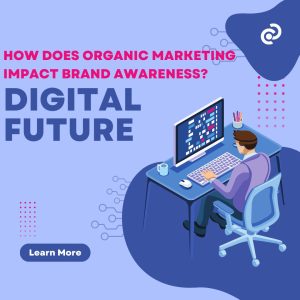In the digital age, understanding the customer journey has become a cornerstone of successful marketing strategies. The customer journey refers to the process that a potential customer goes through from the moment they first become aware of your product or service to the point of making a purchase, and even beyond to post-purchase experiences and loyalty building. Marketers need to grasp this journey to effectively engage customers at each stage, personalize their experiences, and drive conversions.
In this article, we will explore the concept of the customer journey in digital marketing, its different stages, and how marketers can leverage this understanding to optimize their campaigns and create a more seamless experience for their audience.
What is the Customer Journey?
The customer journey is the path that a consumer follows from the first interaction with a brand to the point of conversion and beyond. It typically involves several stages, and it can vary based on the product or service, as well as the individual customer. In digital marketing, understanding the customer journey is critical because it allows businesses to align their marketing efforts with the behavior and needs of the customer at every point of interaction.
The customer journey is often divided into several key stages:
- Awareness
- Consideration
- Decision
- Post-Purchase (Loyalty/Advocacy)
1. Awareness Stage
The first stage of the customer journey is the awareness stage. This is when a potential customer becomes aware of a problem or need they have and begins to search for information. At this point, they may not know about your brand or product, but they’re actively looking for solutions.
For digital marketers, the awareness stage presents an opportunity to capture the customer’s attention. This is often achieved through content marketing, search engine optimization (SEO), social media, paid ads, or influencer marketing. The goal is to introduce your brand to a wider audience, typically through valuable content such as blog posts, videos, infographics, or social media updates.
Examples of awareness-stage tactics:
- Blog posts targeting common problems
- Social media advertising targeting broad interest groups
- Search engine marketing to capture high-volume search queries
Key Metrics:
- Impressions
- Reach
- Website traffic
- Social media engagement
2. Consideration Stage
Once the potential customer has become aware of their problem or need, they move into the consideration stage. In this phase, they begin exploring potential solutions and evaluating various options. They are still gathering information but are now aware of your brand and possibly other competitors.
For businesses, the consideration stage is the time to provide more detailed information to help prospects make an informed decision. Content like comparison guides, case studies, testimonials, webinars, and product demos can be effective in this phase. Additionally, offering solutions to their specific problems or addressing frequently asked questions helps establish trust and expertise in the field.
At this stage, it’s also essential to make sure your content aligns with what the potential customer is looking for. Whether they are searching for product features, pricing, or reviews, ensuring that your website and content are optimized to answer their questions can be the difference between them moving forward in their journey or leaving your site.
Examples of consideration-stage tactics:
- Webinars or online demos showcasing your product’s benefits
- Comparison charts or case studies to highlight your product’s unique selling points
- Retargeting ads based on previous visits to your website
Key Metrics:
- Engagement (clicks, video views, comments)
- Bounce rate
- Time spent on specific pages
- Leads or sign-ups (e.g., newsletter subscriptions, contact forms)
3. Decision Stage
The decision stage is when the customer is ready to make a purchase. After considering various options, they have narrowed down their choices and are now deciding on the product or service that best fits their needs. At this point, they may be evaluating pricing, reviews, and other final details before committing.
For marketers, the decision stage is all about converting the potential customer into a paying customer. This is where personalized offers, discounts, and clear calls to action (CTAs) can help seal the deal. A seamless and easy-to-use checkout process is also crucial, especially for e-commerce businesses.
Other tactics in this stage include offering free trials or demos, providing customer testimonials, and showcasing product reviews to assure prospects that they are making the right choice. By reinforcing value and making the purchase process easy, you can effectively guide the customer to conversion.
Examples of decision-stage tactics:
- Free trials or limited-time offers
- Customer testimonials or product reviews
- Clear, compelling CTAs such as “Buy Now,” “Get Started,” or “Schedule a Demo”
Key Metrics:
- Conversion rate
- Sales
- Cart abandonment rate
- Average order value
4. Post-Purchase Stage (Loyalty and Advocacy)
The customer journey doesn’t end with the sale. In fact, one of the most important stages occurs after a purchase has been made. At this point, the customer may have gained satisfaction or disappointment with the product or service, which can influence their loyalty and likelihood to recommend the brand to others.
Post-purchase marketing focuses on fostering customer loyalty, encouraging repeat purchases, and turning satisfied customers into brand advocates. Tactics in this stage can include follow-up emails, loyalty programs, referral incentives, and customer support to ensure satisfaction.
Loyal customers can also help spread the word about your brand by providing testimonials, reviews, and word-of-mouth referrals. In fact, according to Nielsen, 92% of consumers trust recommendations from friends and family more than any other form of advertising.
Examples of post-purchase tactics:
- Sending thank-you emails or personalized follow-ups
- Offering a loyalty program for repeat customers
- Asking for customer reviews and testimonials
- Offering referral bonuses for sharing the brand with others
Key Metrics:
- Repeat purchase rate
- Customer lifetime value (CLV)
- Customer satisfaction (CSAT) and Net Promoter Score (NPS)
- Referral rates
Mapping the Customer Journey in Digital Marketing
To effectively map the customer journey in digital marketing, it’s essential to understand the touchpoints where customers interact with your brand at each stage. A touchpoint refers to any interaction a customer has with your brand, whether through social media, your website, email, or customer service.
Understanding these touchpoints helps businesses deliver personalized, relevant content that resonates with their audience at each stage of the journey. Marketers can use tools such as customer journey maps, analytics platforms, and CRM systems to track customer behavior and gather insights into how customers progress through the journey.
How Marketers Can Use Data to Optimize the Customer Journey
Data plays a critical role in understanding and optimizing the customer journey. By collecting data from different touchpoints, marketers can gain insights into customer behavior, preferences, and pain points. Key data sources include:
- Web analytics: Tools like Google Analytics can provide insights into how customers are interacting with your website at different stages of the journey.
- Email marketing platforms: Analyzing open rates, click-through rates, and conversion rates can help optimize email campaigns tailored to each stage.
- Customer feedback: Surveys and reviews provide valuable insights into customer satisfaction and areas for improvement.
- Social media analytics: Platforms like Facebook and Instagram offer data on engagement, helping businesses understand how their audience responds to content and ads.
Conclusion
Understanding the customer journey is essential for marketers looking to build meaningful, long-term relationships with their audience. By recognizing the different stages of the journey—awareness, consideration, decision, and post-purchase—marketers can tailor their efforts to meet the needs of customers at every point of interaction.
By mapping the customer journey, leveraging data, and optimizing marketing tactics accordingly, businesses can improve customer satisfaction, drive higher conversion rates, and build lasting brand loyalty. In today’s highly competitive digital landscape, those who effectively understand and cater to the customer journey will be better equipped to succeed and stand out from the crowd.


